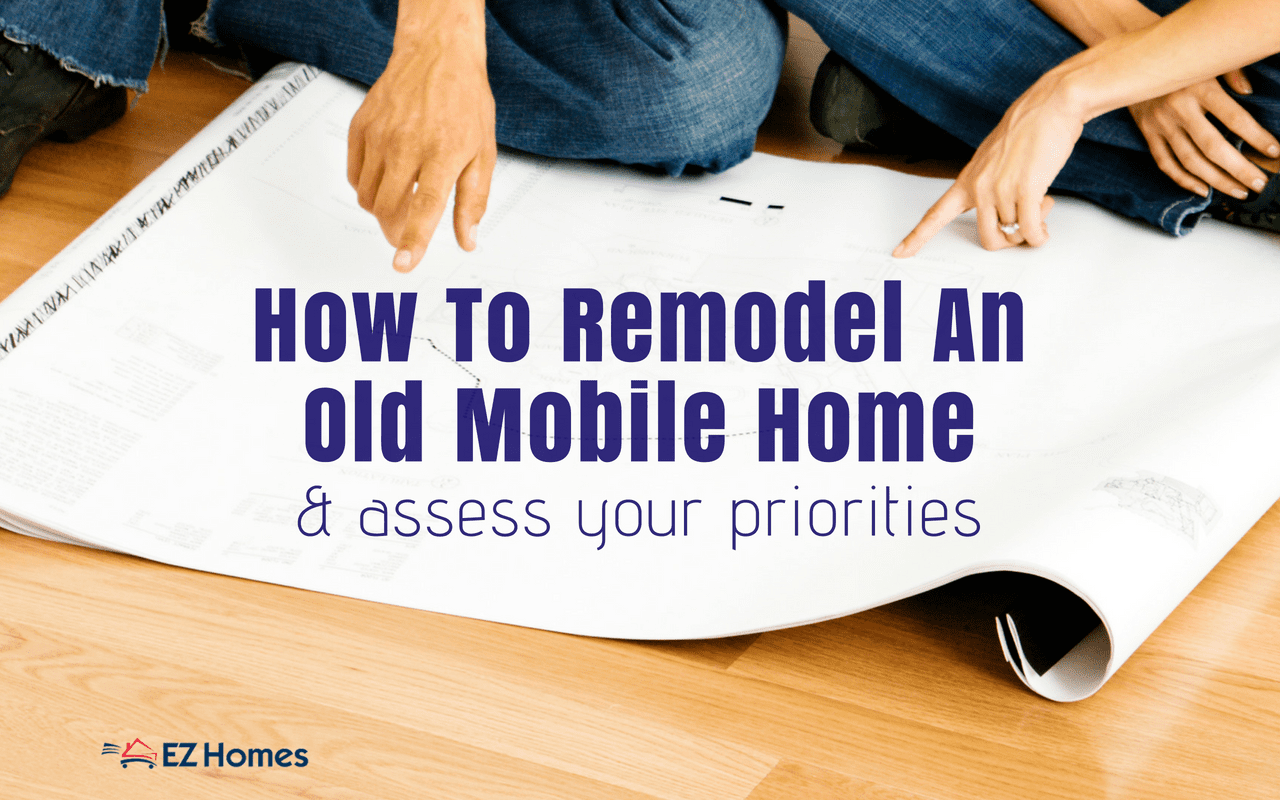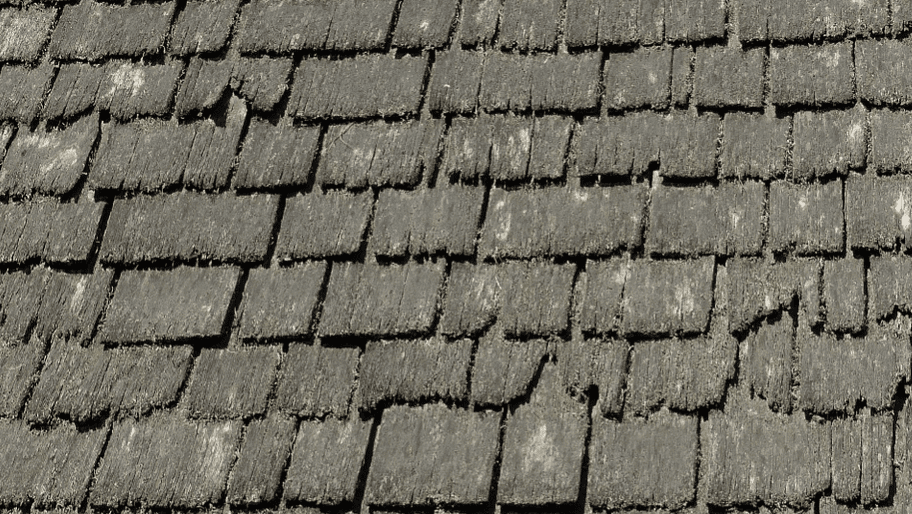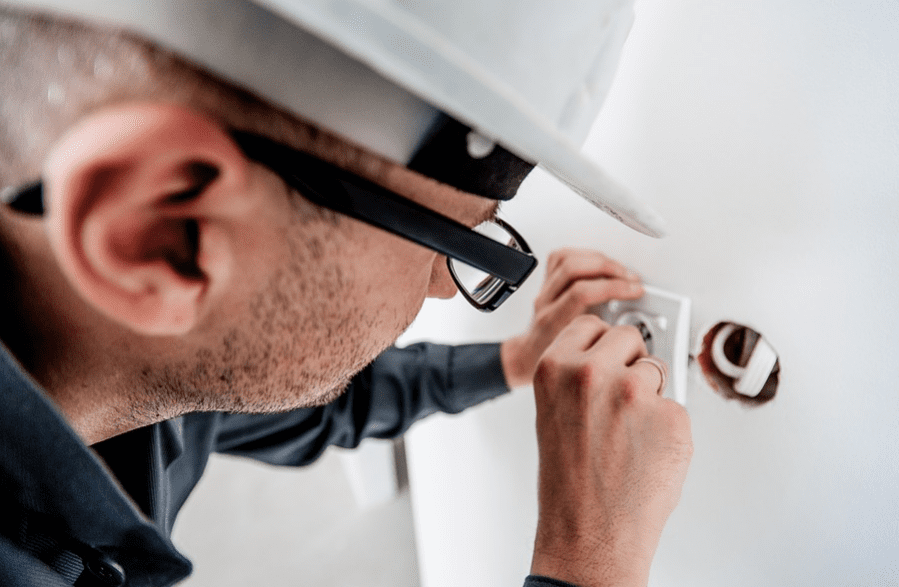If you own an older mobile home or you’re thinking of buying one with the attention of fixing it up, you might be overrun with concerns and doubts. You might be wondering whether it’s worth it or simply be perplexed by the number of factors and how to get our priorities straight.

In this article, we’ll make it less daunting by talking about how to remodel an old mobile home, whether it’s worth it, and how to prioritize the process.
Is it worth remodeling an older mobile?
Good question! After all, just because you can, doesn’t necessarily mean that you should. Most experts agree that it’s only really worth remodeling older mobile homes if they were good quality homes when built. Even then, there is a cut-off date for homes that are still worth remodeling.
Homes built before 1976 weren’t built to the same standards in mind that today’s homes are. These standards were brought into effect by the Manufactured Home Construction and Safety Standards. Called the HUD code, these standards were brought in place to improve the relatively unsafe perceptions of mobile homes.
If the home in question was built before this date, any remodel is likely not worth the money you spend. In fact, you might just irreparably damage what’s left of the home in the process. We would put this cut-off date in the early 1980’s.
However, high-quality homes built later on should still have enough inherent value and structural integrity to handle an intensive facelift. You will need to trust your gut on what exactly qualifies. A good rule of thumb is to look for older mobile homes with a slightly more stick-built appearance.
Priority #1: What’s your remodeling goal?
Before you decide anything, you should set a clear goal for your remodel. The most obvious types of remodels to choose from are:
- Improve the curb appeal of your home
- Beautify the interior of your home
- Give it some much-needed maintenance upgrades
In most cases, attending to one or more of these will indirectly have positive effects on the others. Especially if you approach it with a mindful attitude. The ideal remodel will target at least two, and maybe even all three, of these.
Our advice is to always fix any underlying issues with the home that might arise from age, wear and tear or any other damage. If you don’t, you always run the risk of having to come back later on to fix the mess. Additionally, you’ll undo your hard aesthetic upgrades to solve the underlying problem. For example, tearing out newly paneled walls to fix framing issues underneath.
This is especially true of older mobile homes that are likely to suffer a few niggles from the ravages of time. With that in mind, we divided our renovation priorities into two distinct categories: essential practical upgrades as well as nice-to-haves.
You should also inspect these aspects of your home before your remodel and decide how critically they need attention.
Once you have your goal in place, you can mix and match these until you have a solid remodeling gameplan.
Essential older mobile home remodel priorities
#1: Your time and money
Your top priority should be your valuable time and hard-earned money. You can go about your remodel in two ways that will hugely impact the total cost and time it takes to finish your remodel. Of course, the first step will be to go through the rest of the remodeling tasks we have listed here. Pick the ones you need and come up with a remodeling plan.
This will give you an idea of: what needs to be done, the time it will take to complete, and how much it will cost.
You can then either do it yourself or hire a contractor. Unless you have a whole team of people helping you and you know exactly what you’re doing, it will save a lot of time going with a contractor. On the other hand, it will probably be cheaper to do it yourself. Consequently, you’ll only be paying for your materials while a contractor will charge you for that and labor.
Only you can do the check and balance on this one. Think of how much your weekends, after work hours, and energy is worth to you.
Depending on the age of the home, you might be forced to do it yourself. Some reputable contractors will refuse to work on very old mobile homes.
#2: The roof

Because of their unique nature, mobile home roofs face some common and uncommon threats during their lifespan. The type of roof you have will also play a role in how often it will need to be maintained or remodeled. For example, asphalt shingle roofs are notoriously high-effort while metal roofs could last years.
The biggest concern with mobile home roofs is water damage. Basically, physical damage from falling debris or instability caused by the home settling over time.
A roof plays a crucial role in protecting the rest of your home against the elements. A damaged roof could result in leaks, a huge loss in insulation, and even structural weaknesses in the rest of the home.
Common steps to take when remodeling a home could include:
- A roof over: Consider these replacements for your current flat roof: a pitched roof, damaged metal sheets, and swapping from shingles to something more durable. Or coat the roof with an elastomeric material.
- Fixing leaks: As they are mostly constructed from wood, water damage is a huge concern.
- Fixing vents or ducts: Vents or ducts may also be damaged with time. Potentially, this could also affect your heating/cooling systems.
#3: The underbelly and skirting
The underside of your mobile home is arguably just as important as the top. And according to some, even more so. It’s under almost just as much threat from the elements. With time, it can also easily become damaged or worn away.
A valuable and practical remodel could include either replacing or repairing all of the following:
- The underbelly: A mobile home’s underbelly should be fit with a thick, waterproof tarp to keep out moisture. This tarp should be secured, preferably using diamond wiring. The floor underneath should also be checked after prolonged periods of rainfall or snow for damage. Repair any damages ASAP.
- The foundation: It’s recommended that the ground underneath a mobile home be made from a slab of solid material. Or at the very least that the ground is covered with a waterproof tarp. The foundations themselves might become worn with time. While you are at it, check if your home is still level. Relevel it if need be.
- The skirting: Skirting is very vital in defending the underbelly of your home. Many states require mobile homes to have intact skirting in place by law. Skirting can also massively improve the curb appeal of your home and be as much an aesthetic as a practical upgrade.
#4: Flooring
The first thing you should do when deciding whether or not to make the floor part of your remodel plans is to check the underbelly. A weak underbelly can cause your entire floor to collapse. As with anything, you need to ensure that your foundations are strong first.
Remodeling mobile home floors usually involve removing parts of the floor and replacing it. While you’re at it, you should check the condition of the under flooring and the floor support slats. Replace these before you replace the flooring itself.
You can also swap materials based on which one you prefer. Heck, if it’s a sturdy mobile home with an underbelly in mint condition, you can even consider tiles. Most people, however, go with vinyl flooring, wood flooring or laminate wood flooring. It’s recommended to replace older wood flooring. These could easily have been damaged at some point, especially by water.
#5: Electricity, heating, and fire safety
The section of the HUD code dealing with electricity has been amended numerous times since its instantiation in 1976. This means that if an older home hasn’t been updated in a while, then it probably no longer conforms to the standards.

Particular areas of concern are the electric wiring in the kitchen, bathroom and the furnace or heating system. If not in proper condition, both are also extreme fire hazards. Essentially, they contribute to a large portion of mobile home fires.
The HUD code also requires homes to have two exit doors, working fire alarms in certain areas, and more. Bringing a home up to code in this regard is not only a valuable move but a smart one too.
#6: The plumbing
A major benefit of mobile homes is that they have been at the forefront of replacing copper or metal pipes with PVC or other plastic-based compounds. These types of pipes are mother weather and temperature resistant and less likely to fail. Moreover, they are cheap and easy to replace. If the home is too old, it may still have some metal pipes. However, most should have been replaced by this time.
Remember, that you should be extra concerned with any type of water damage when it comes to a mobile home. Particularly near the floor. Be sure to check on the plumbing regularly. When remodeling the walls or floor, it’s always worth it to check the condition of the plumbing. While you’re at it, change it as needed.
#7: The walls
Last, but not least, we have the walls. It’s a fairly simple procedure to renovate mobile home walls. If you’re concerned about their integrity, you can remove the outer interior or exterior walls to expose the skeleton of support slats underneath. These wall panels most often consist of some type of drywall or gypsum.
The support structure usually consists of a framework of 2/4” wooden studs in H-patterns that can be easily replaced with store-bought planks. You can swap these with 2/6” for something a little sturdier. While you are at it, you might want to replace your current insulation.
You can then replace the existing panels or panel your mobile home, which we discuss more a little later.
Nice-to-have older mobile home renovation priorities
#1: New paint or panels
If you want to remodel the appearance of your home, the first thing you should do is look at a new coat of paint or new wall panels. Even if you aren’t changing the color, a new layer of paint can spruce up and revitalize a home like nothing else. A good quality paint will also help protect the home against the weather. Likewise, new wall panels (vinyl, wood, faux wood or metal) can create a whole new texture or pattern as well as reinforce the wall.
#2: Electric fixtures and faucets
Next up is electric fixtures and faucets. Both can have practical benefits as well as beautifying ones. Older mobile homes might have seriously outdated fixtures that are not only garish to look at. But eventually, this might lead to electrical problems or become a fire hazard. Nowadays, you get water saving taps and showerheads. These small, bathroom trinkets have also become fashion accessories in their own right.
#3: Doors and windows
The great thing about mobile homes is that they mostly make use of standard window and door sizes that hasn’t changed much over the years. That means you can easily replace windows or doors or their frames. Again, this can be either an upgrade aimed at upping your homes exterior appearance and to improve insulation which offers practical benefits. Storm windows and doors are popular upgrades. We wouldn’t recommend doing something as extreme as installing floor-to-ceiling windows in older mobile homes.

#4: Mobile Home Additions and Changing Floor Plan
Many people don’t even consider this as an option when it comes to mobile homes. But you can actually change the floor plans or build additions onto your mobile homes. Floor plans can be changed by removing or adding walls. The only big concern is the fact that it’s pretty easy to violate the HUD code as it clearly states that no addition to the home is allowed to bear on the structure of the home. That means any addition, whether it be a porch, sunroom or carport needs to be completely self-reliant.
Think of it as a “new home” beginning
If you’re worried about the specific case in which you want to remodel a mobile home on someone else’s property, read our FAQ on the subject. If you want a quick and dirty guide to mobile home remodeling, we also got you covered. Lastly, if you feel you are in need of some inspiration, check out our 5 Mobile Home Renovation Ideas To Do This Summer.
We hope our walkthrough on how to remodel an old mobile home helps you ease into the process of how to remodel your older mobile home. Once you have your priorities figured out, the rest tends to fall (mostly) into place. Don’t be afraid to breathe some new life into an older mobile home!



